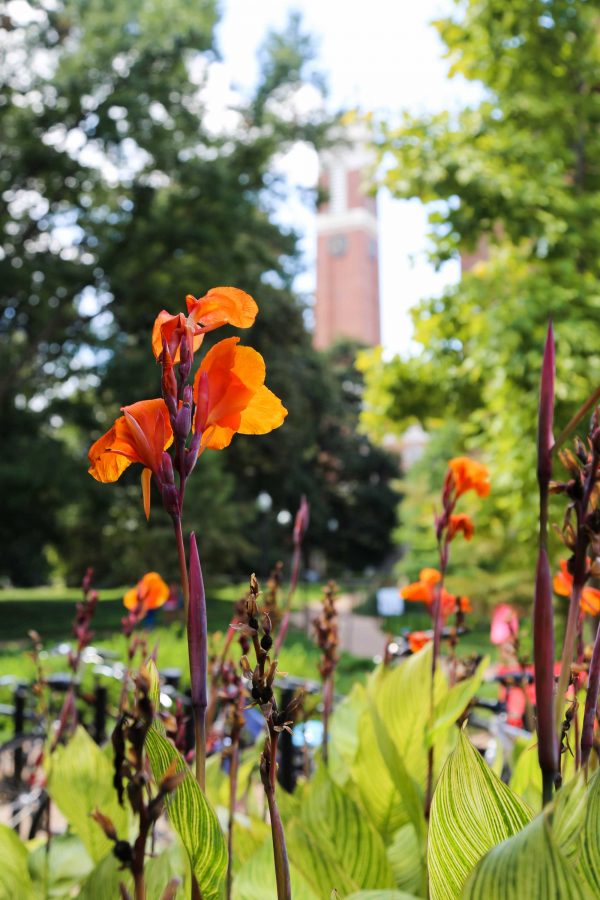Story updated Jan. 17, 2018
For the next two months, Vanderbilt students will be able to sign up for a free subscription to the New York Times. Their accounts will give them full online access to thousands of articles dating back decades, be it through their laptops, phones or tablets. Danielle Evans, the economics major responsible for program, said the next two months are a trial program meant to gauge whether or not enough students would utilize the free subscription. The trial program is sponsored by the Managerial Department in an effort to promote the Undergraduate Business minor.
“With this trial program, what we’re trying to do is get as many subscribers as possible and get a continuous readership,” Evans said. “That way, Vanderbilt can sign a permanent contract with the New York Times, and hopefully we can extend that to the Wall Street Journal.”
Evans began trying to bring the free subscription to campus during the 2017 spring semester. After coming back from a semester abroad, she discovered that Vanderbilt had discontinued its free print newspaper program, which gave students access to free copies of a number of major national newspapers, like USA Today and the New York Times. Although the university ensures that students can access research articles and scholarly journals free of charge, access to newspapers has been less consistent, with only print editions of the Wall Street Journal provided to the students in recent years.
To Evans, losing access meant more than just missing out on news.
“When Vanderbilt wasn’t offering free, easy access to [the Wall Street Journal], I found myself reading it a lot less and getting caught up in the Vandy bubble. I thought that if I felt that way, I figured others likely did, too.”
Eager to get news access back on campus, Evans worked to secure almost 2,000 undergraduate signatures.
“People were actually really interested in the [newspaper] program, they really wanted it,” Evans said. “They just didn’t even know that it existed in the first place.”
Evans herself admits that she found her first copy by accident while in Central Library.
“That’s why they had some many leftover papers,” Evans said. “It was really hidden.”
During a presentation on the program, Evans was quick to stress the importance of papers like the New York Times in a university setting.
“This is a partisan time, and national newspapers that include different opinions and writers promote inquiry, discourse and understanding,” Evans said. “Though it can be argued that every newspaper has a bias, national newspapers are more reliable when subjected to fact-checking.”
With the trial program now live for the next two months, undergraduate students can secure their own subscription at www.nytimesaccess.com/vanderbilt/, where they can make an account in less than a minute. Their accounts work on the New York Times mobile apps. After the program expires, university administration will decide whether the number of readers will warrant a full contract.

